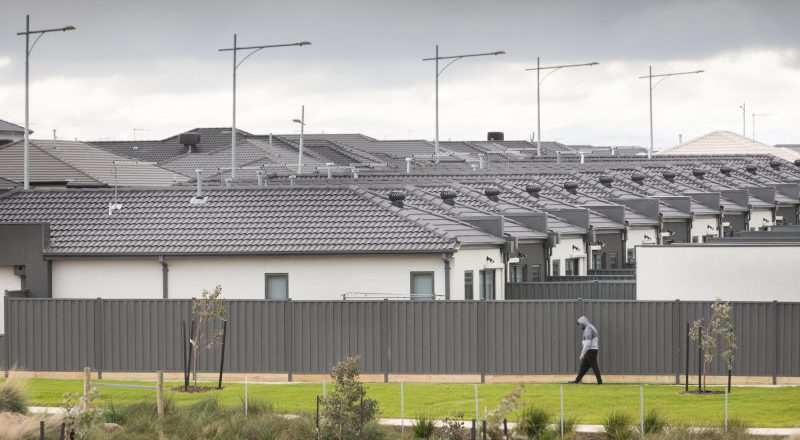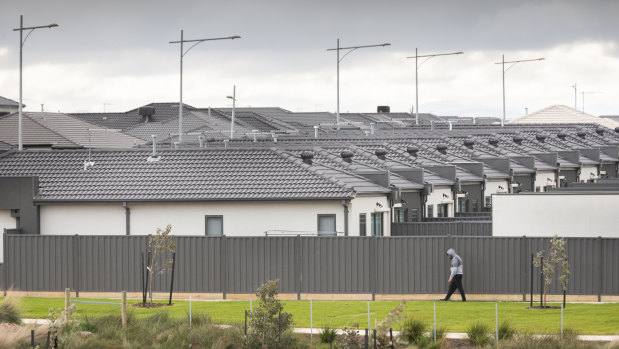Looming rate rises could push one-in-four into mortgage stress
One-in-four mortgage holders could be at risk of mortgage stress before the end of the year, the highest since July 2013 and edging closer to levels not seen since the global financial crisis (GFC).
But whether mortgage stress hits GFC levels of more than one-in-three will likely depend on what happens with employment.
Modelling by Roy Morgan shows 1.1 million mortgage holders would be at risk of mortgage stress by early December – an increase of 246,000 on July 2022 – assuming our central bank increases the cash rate by 0.5 percentage points at each of its meetings in early October and November.
Higher interest rates from here are likely to significantly lift the numbers of mortgage holders at risk of mortgage stressCredit:Jason South
Mortgage holders are classified as ‘at risk’ by Roy Morgan if their mortgage repayments are greater than a certain percentage of household income. That percentage varies between 25 per cent to 45 per cent, as households with different incomes have differing financial capacities to withstand higher repayments. In determining the threshold, Roy Morgan also considers household spending.
The figures on mortgage stress come from interviews Roy Morgan has conducted with more than 10,000 owner-occupied mortgage-holders.
Household income is a key variable on whether a borrower suffers mortgage stress, which is why trends in job data is so important.
Michele Levine, chief executive of Roy Morgan, says the figures suggest that as long as employment levels remain strong, the number of mortgage holders at risk of mortgage stress is unlikely to increase to where it was during the worst of the GFC.
The GFC, the effects of which were most acutely felt during 2008 and 2009, saw those at risk of mortgage stress peak in May 2008 at 35.6 per cent.
Australia is at full employment; though that number may have peaked, with the jobless rate lifting by 0.1 percentage points in August, to 3.5 per cent; though still much lower than at the start of the pandemic.
Equifax, a credit bureau, is starting to see a rise in late payments on unsecured personal loans, which is usually a leading indicator of more general household financial stress to come, as those under pressure prioritise repayments on home loans and credit cards.
Nevertheless, many mortgage holders are ahead on their repayments, with the amount of money held in mortgage offset accounts, for example, still at high levels.
There is evidence, again from Roy Morgan, together with the University of Melbourne, showing Australians are employing a range of strategies to help manage higher costs of living, while wage growth remains low.
About 56 per cent of those polled in August say they bought cheaper food options, and just over half have reduced the frequency at which they dine out.
Almost 38 per cent of respondents said they are already dipping into savings, and 37 per cent are cutting back on home energy use.
The level of mortgage stress as estimated by Roy Morgan is still sitting just below the long-term average over the past 15 years.
With the Reserve Bank of Australia set to keep increasing official interest rates, the researcher’s modelling suggests the screws are about to be turned on mortgage holders.
While the central bank may opt for smaller rises in the cash rate than the 0.5 percentage point rises assumed in the Roy Morgan modelling, mortgage holders should expect to be paying higher minimum mortgage repayments in the months ahead.
Most Viewed in Money
From our partners
Source: Read Full Article


